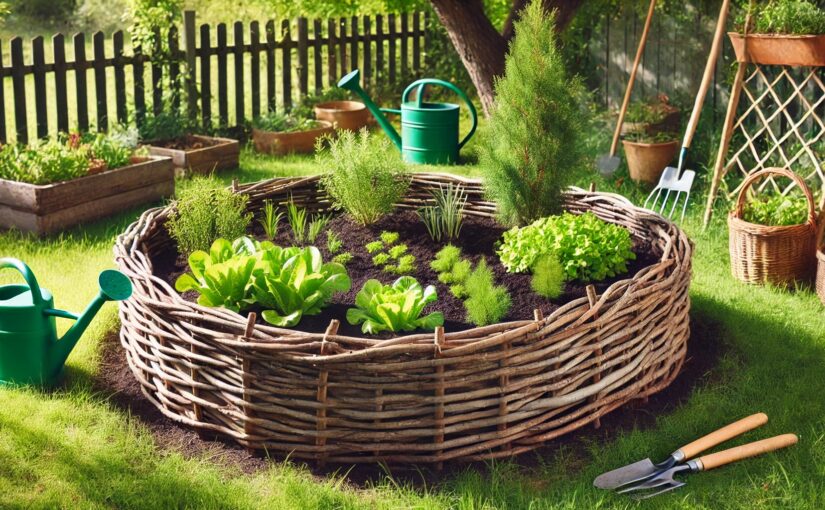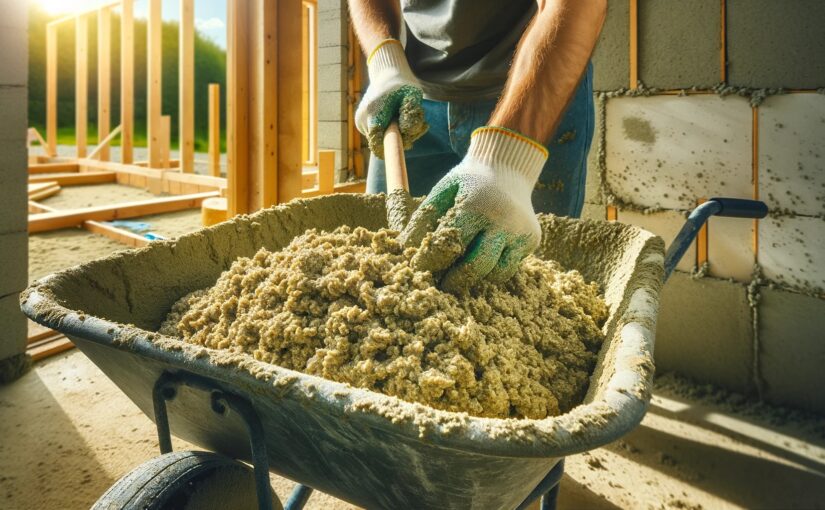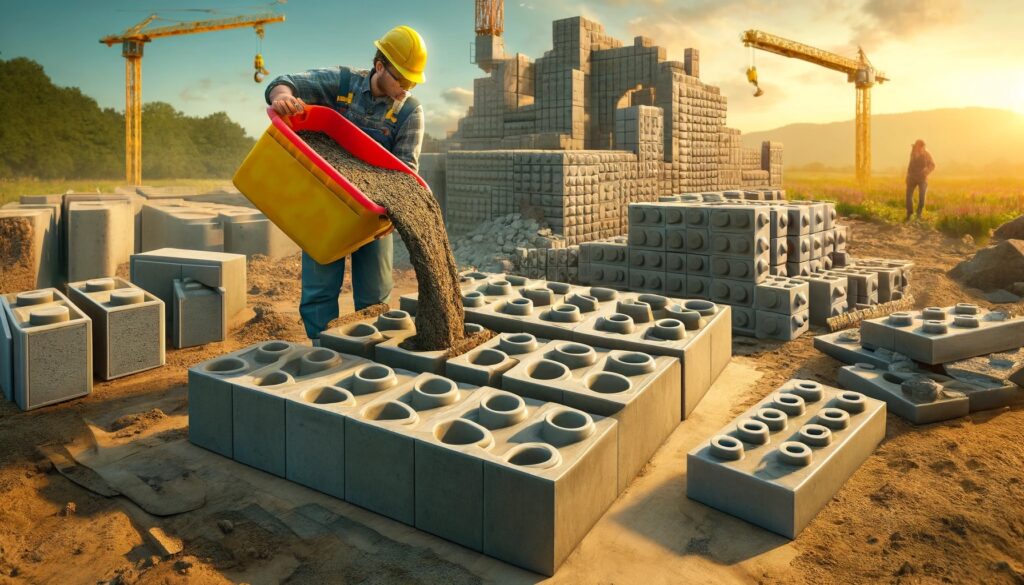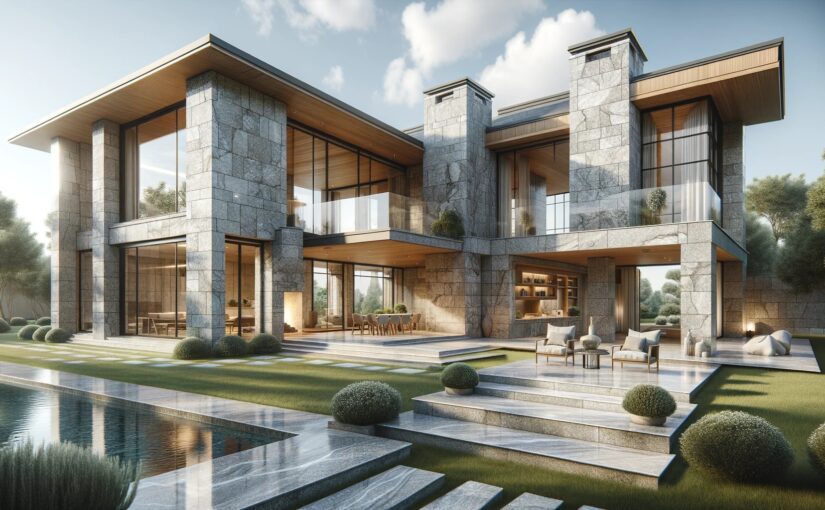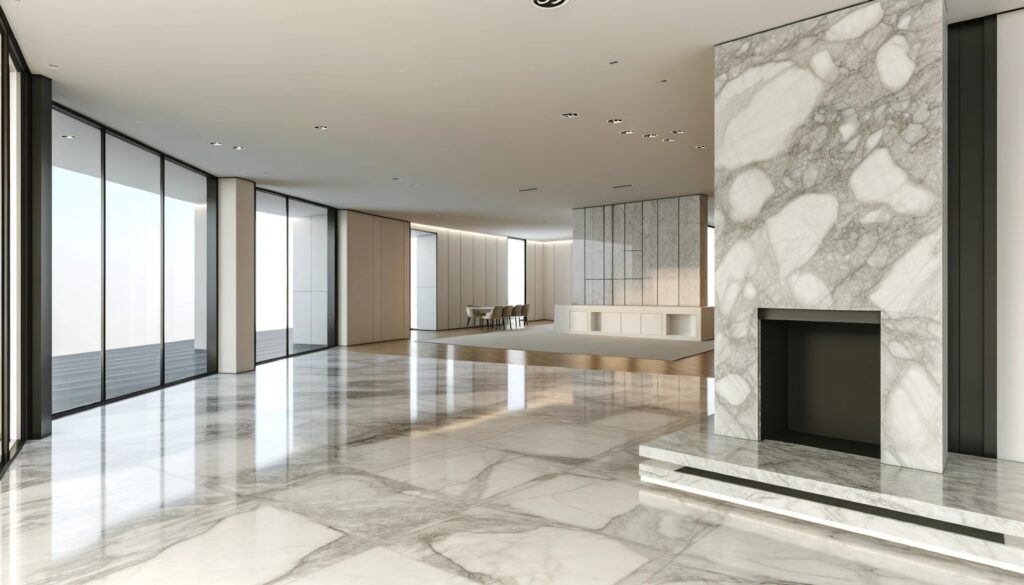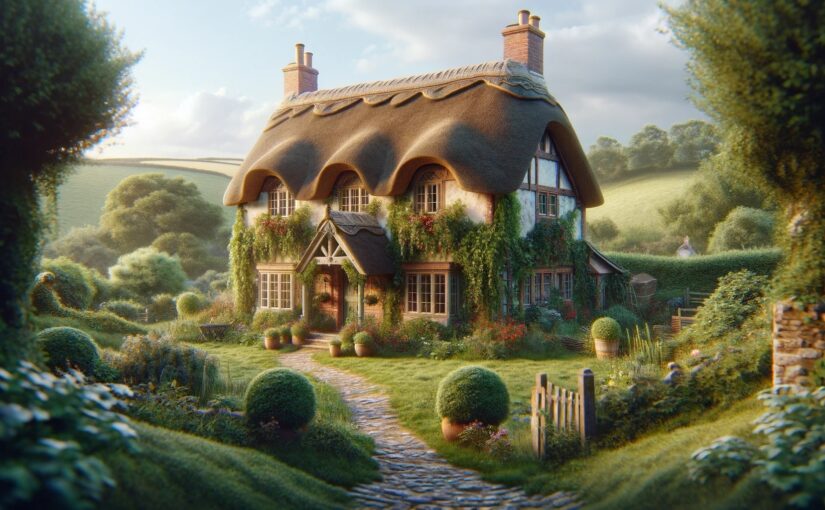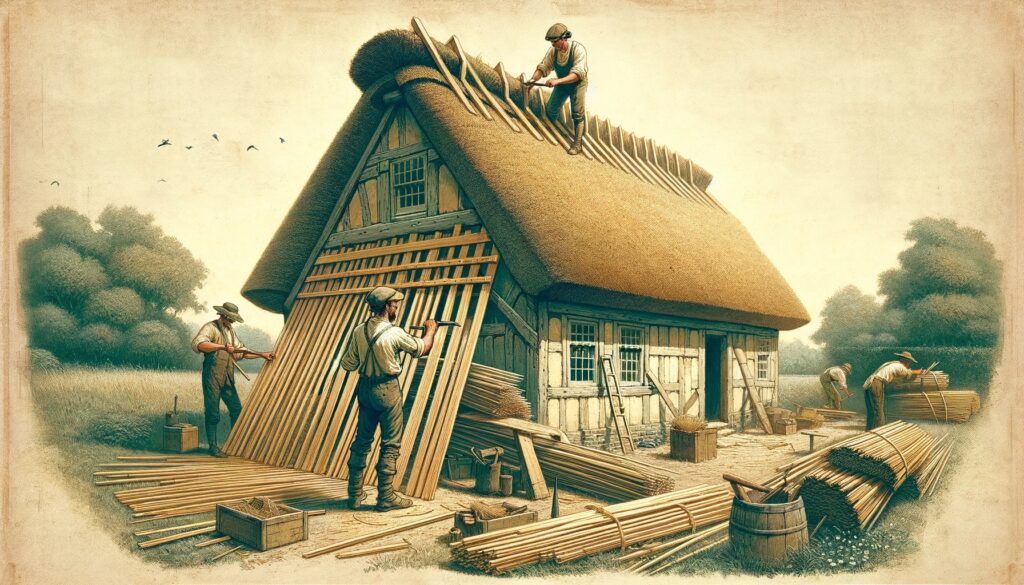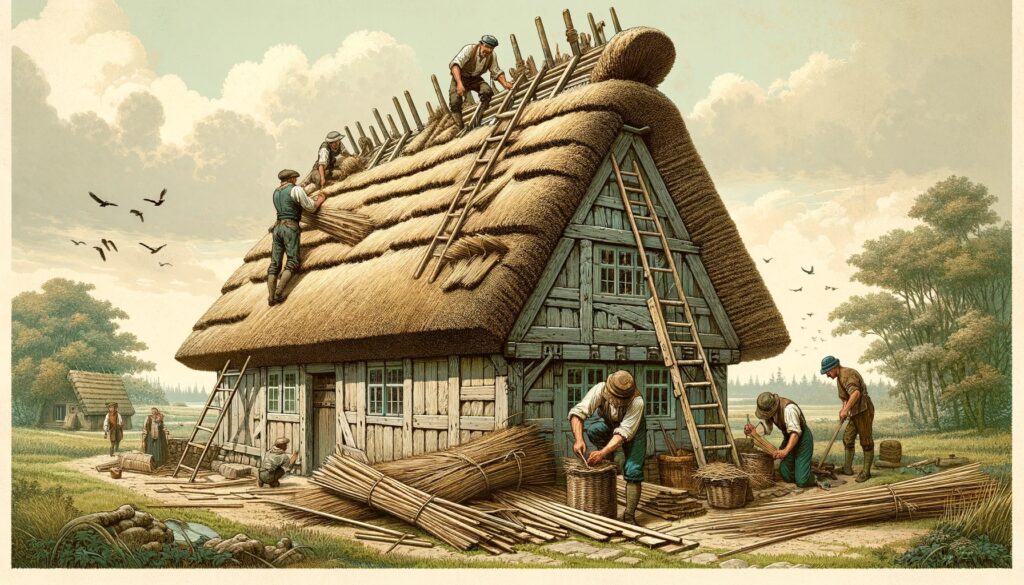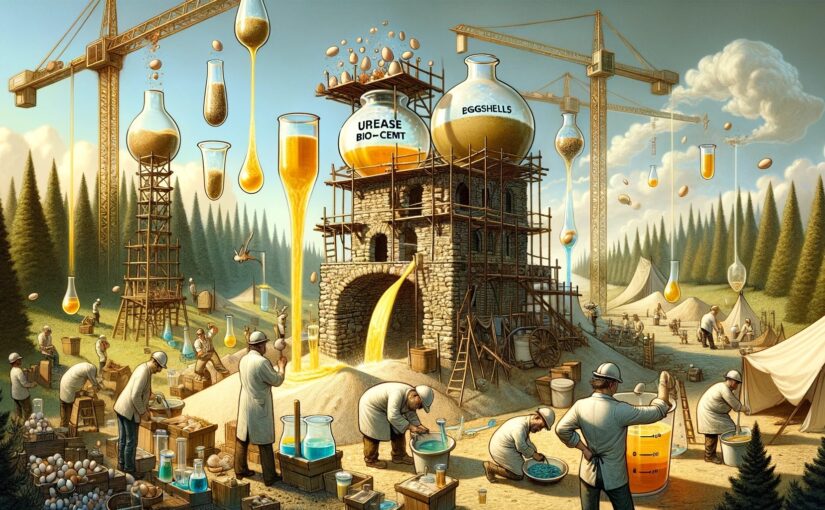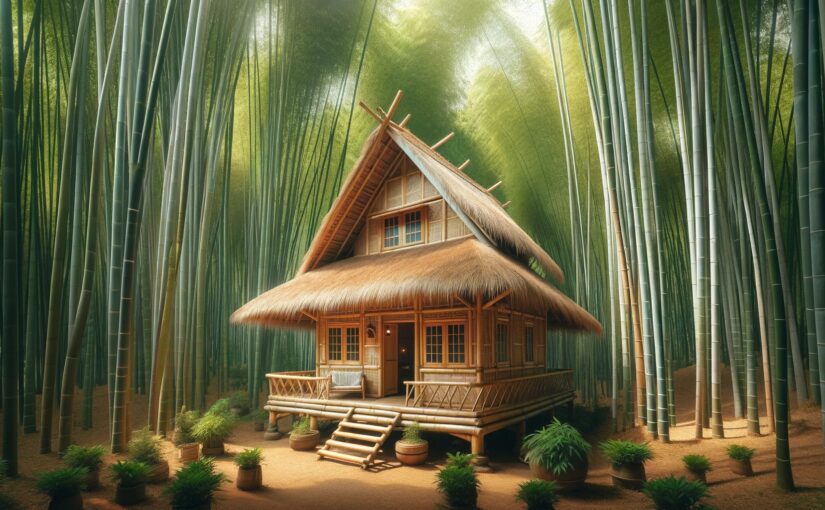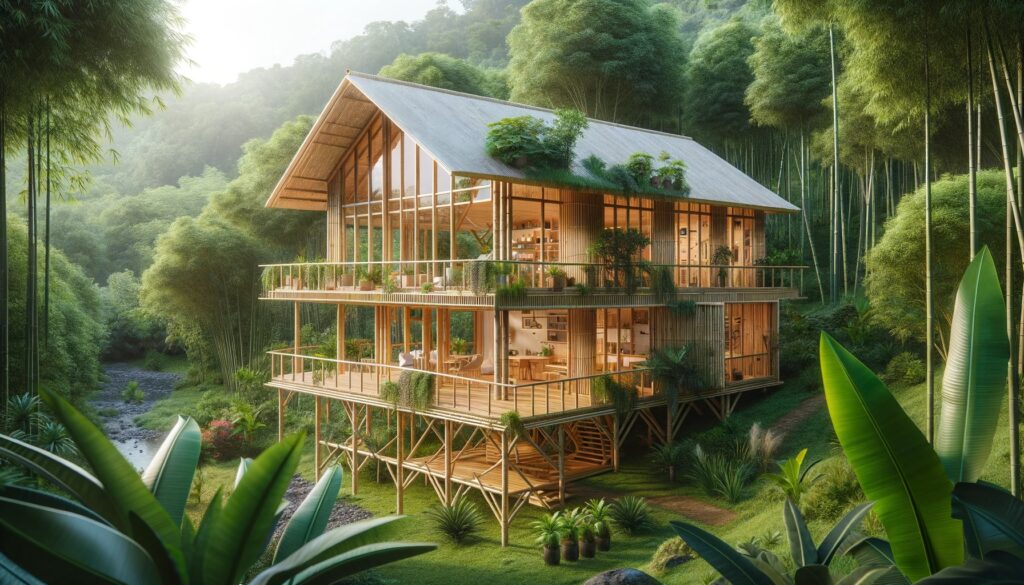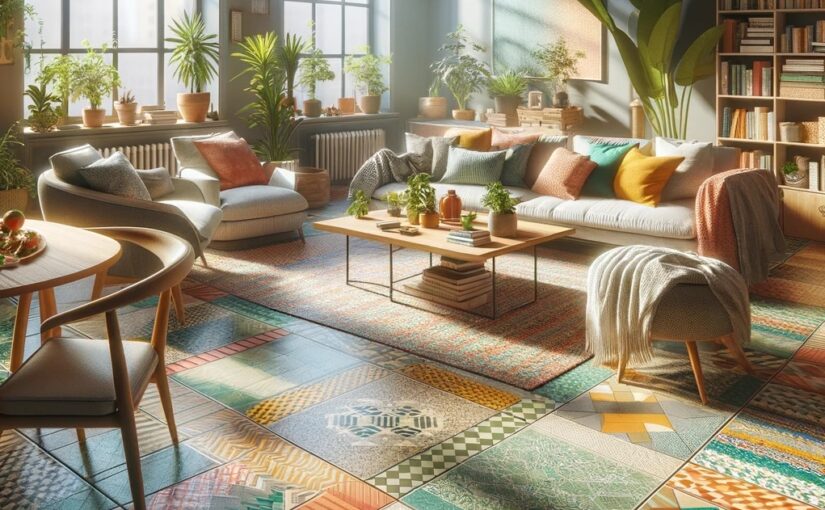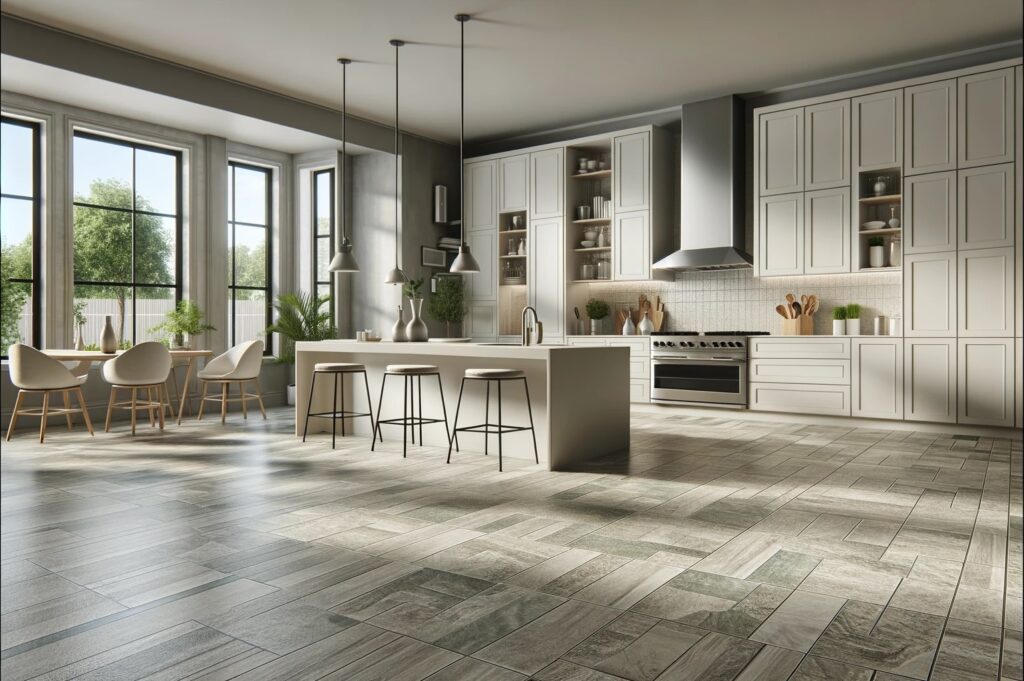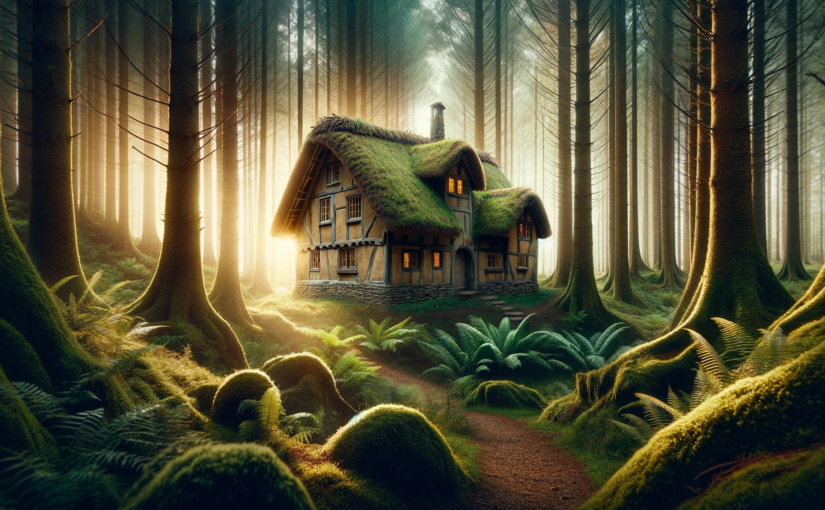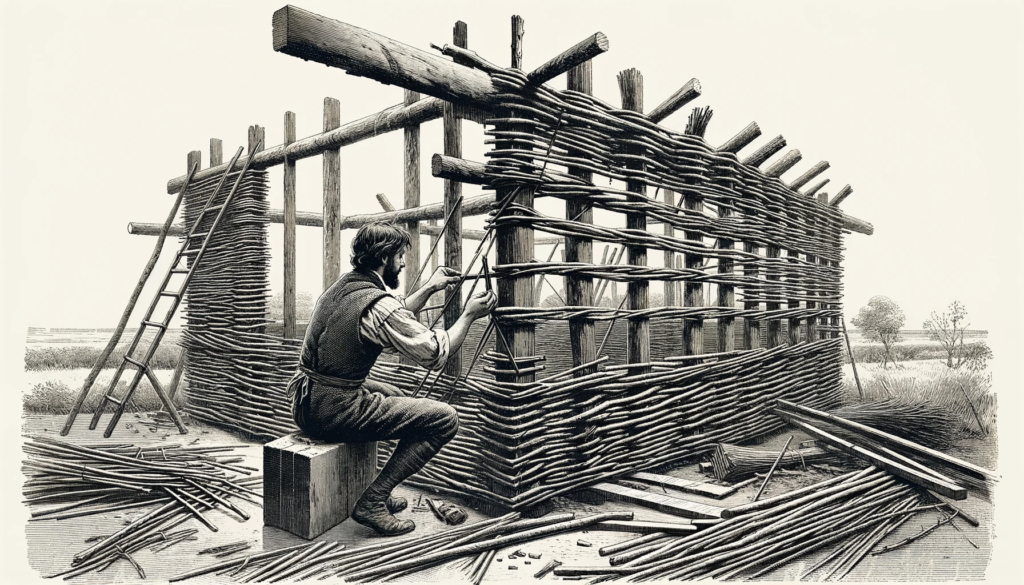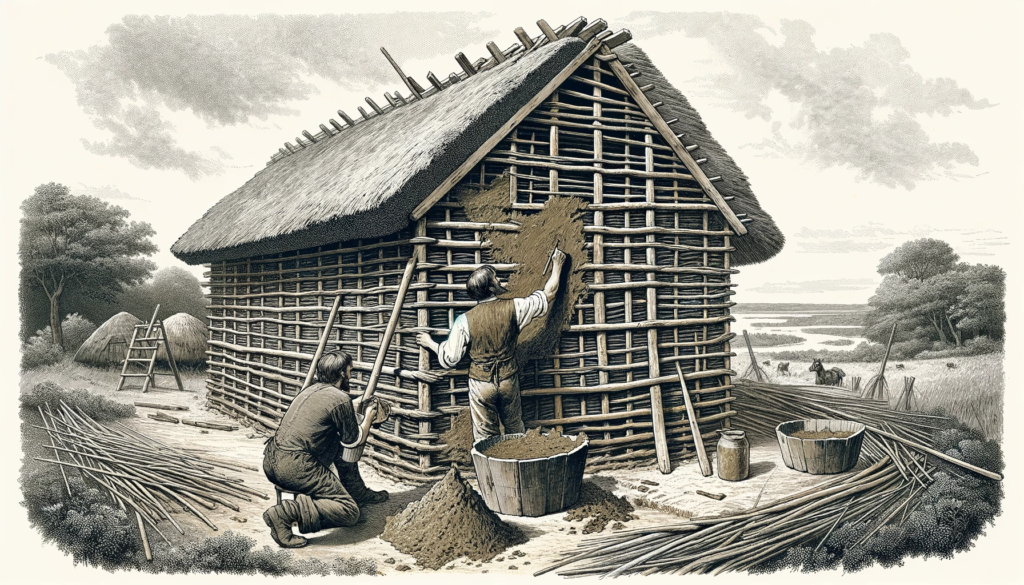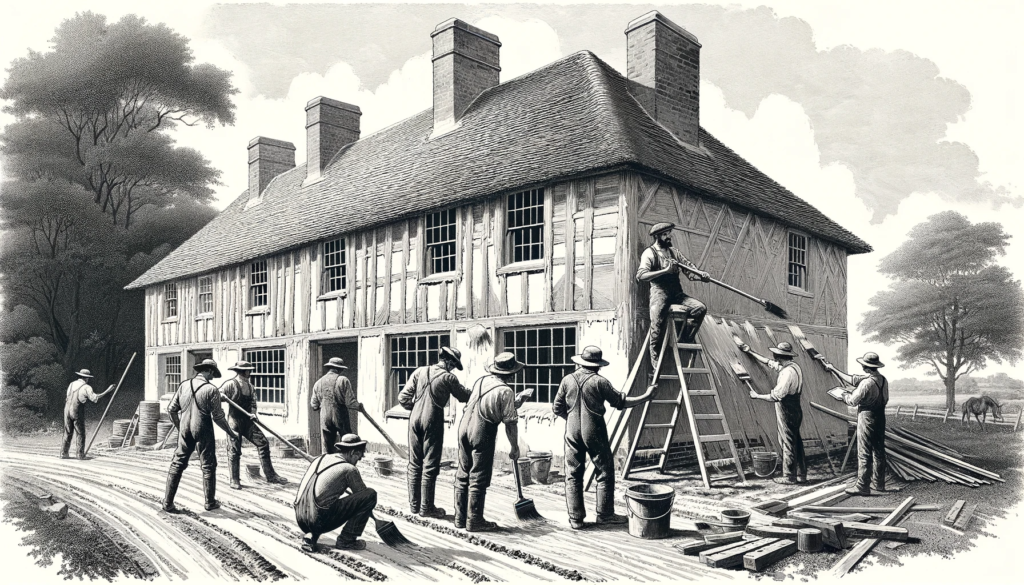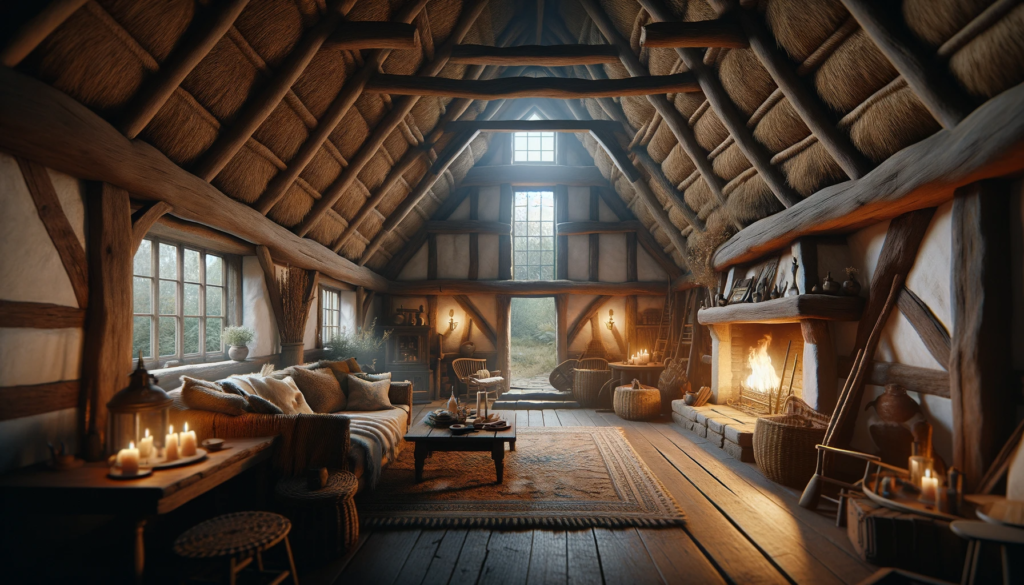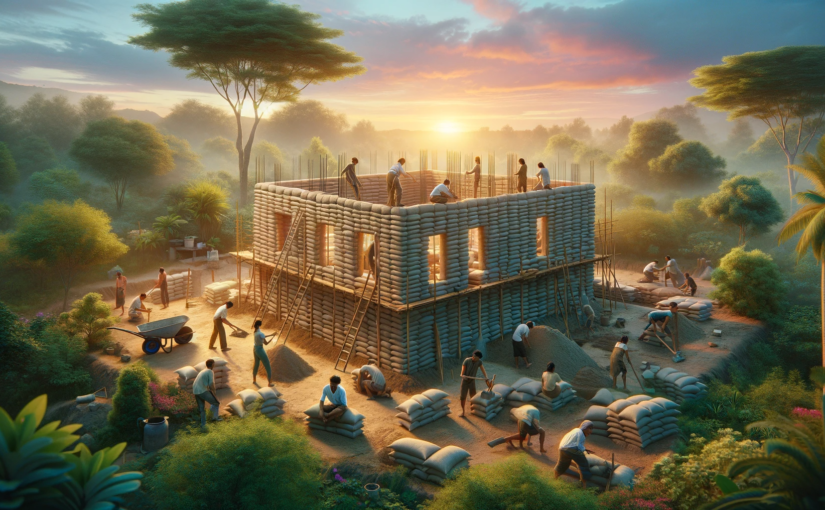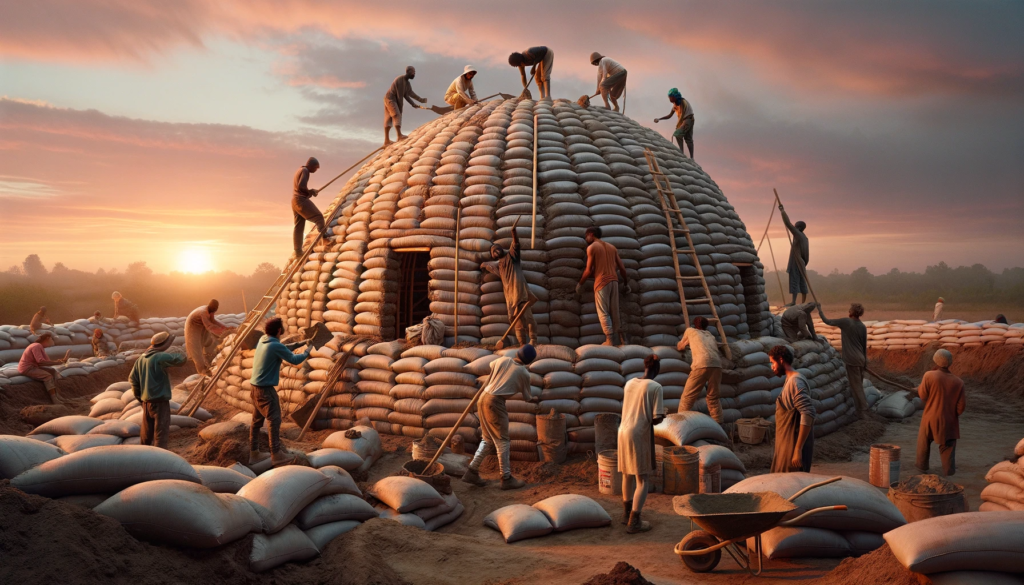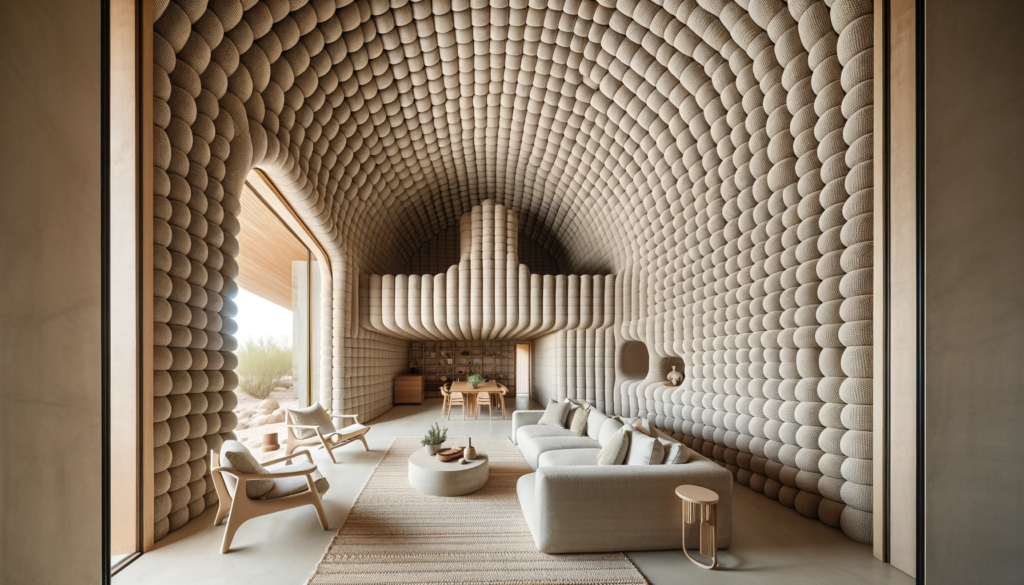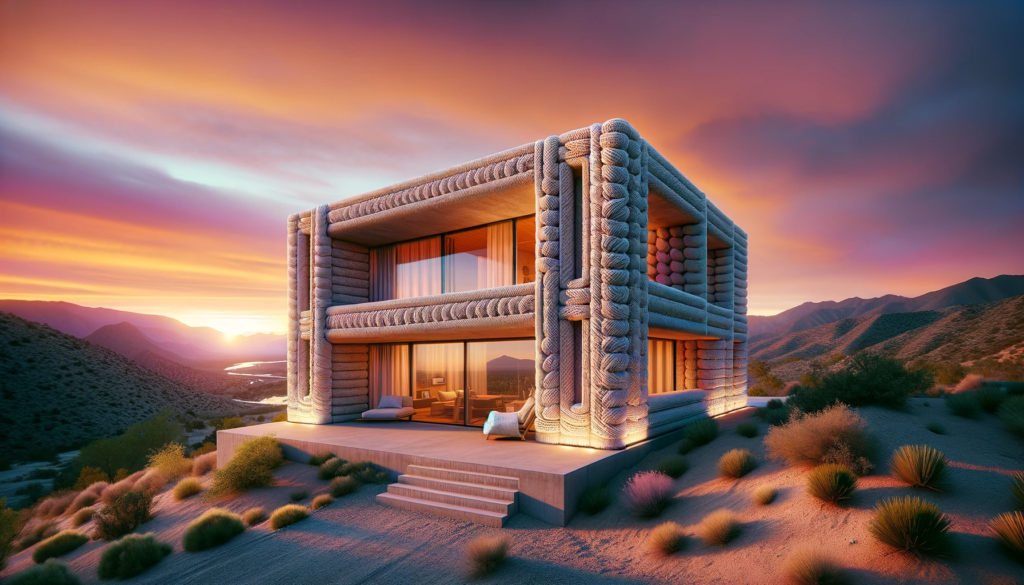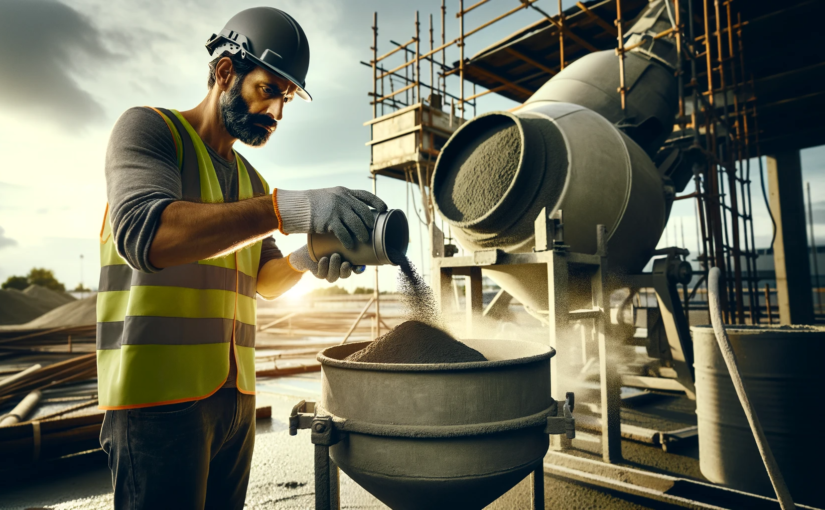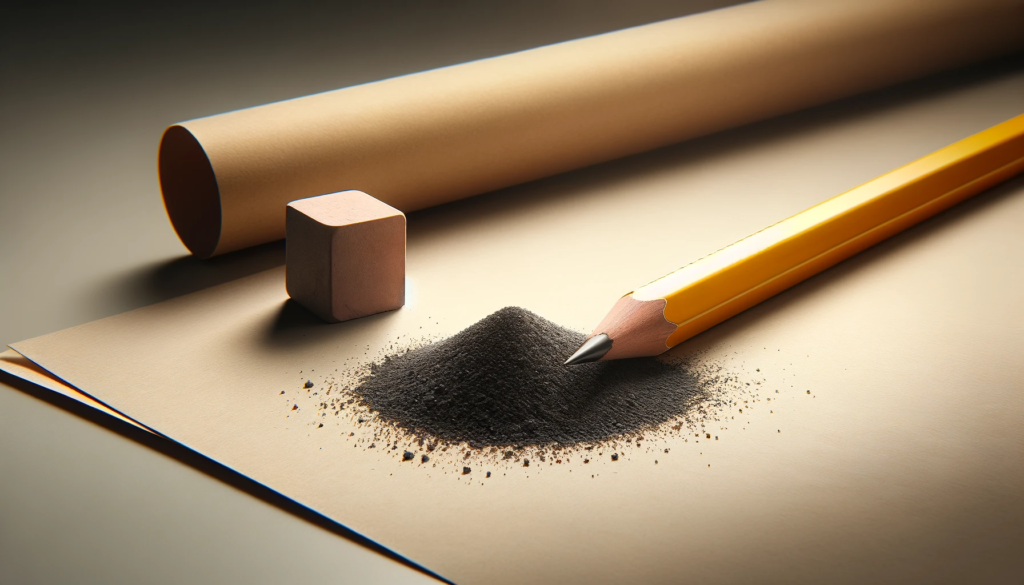Do you dream of having a magical garden that looks straight out of a fairy tale? Well, keep on dreaming, it’ll never going to happen! Haha, but seriously, that would take a lot of dedication and work. Let’s keep it realistic, simple, and practical. Therefore, today we’re looking at wattle-raised garden beds. They’re not only beautiful but also super practical and fun to make. Let’s get started!
What is Wattle?
Wattle refers to a traditional technique of weaving flexible branches and twigs in and out of upright stakes to create a sturdy fence or wall. It’s an ancient craft that has been used for centuries, as well as old construction materials, for various purposes, from building simple fences for animal enclosures to creating the structural framework for houses.
Interesting Fact: In medieval times, wattle was commonly used to make fences and enclosures for livestock. Additionally, wattle and daub—a combination of woven wattle and a sticky material like mud or clay—were a popular method for constructing walls and buildings.
Why Wattle-Raised Garden Beds Are Amazing
- Eco-Friendly: Wattle garden beds are made from natural materials like branches and twigs, making them a great choice for the environment.
- Aesthetic Appeal: These beds have a rustic charm that can transform any backyard into a cozy and inviting space.
- Versatility: You can grow a variety of plants in these beds, from flowers to vegetables, adding a pop of color and freshness to your garden.
- Improved Soil Quality: Raised beds help improve soil drainage and prevent soil compaction, which is great for plant health.
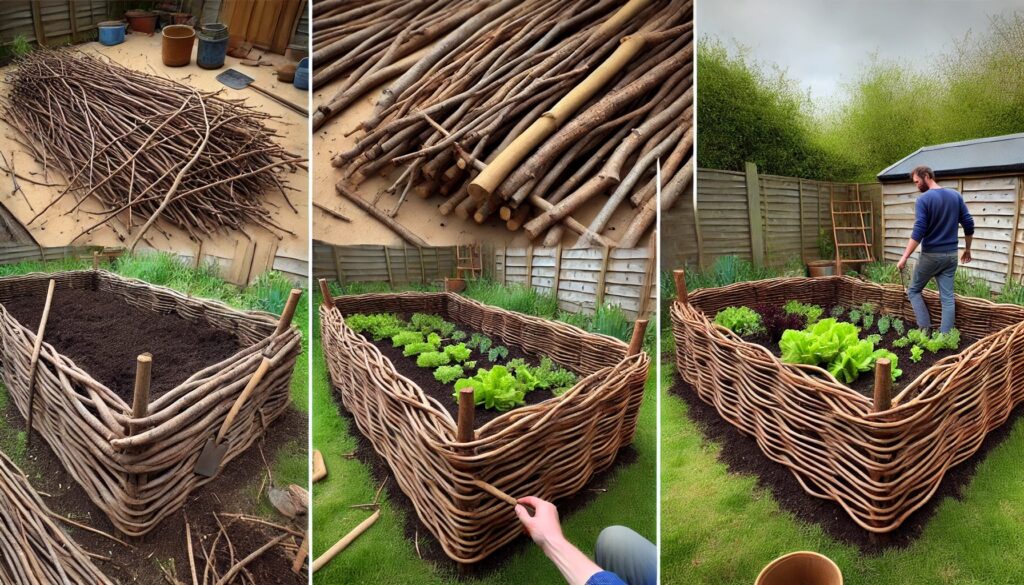
How to Create Your Own Wattle-Raised Garden Bed
Materials You’ll Need:
- Long, flexible branches (willow, hazel, or similar)
- Short stakes (wooden or metal)
- Garden soil and compost
- Seeds or plants of your choice
- Garden tools (shovel, pruners, gloves)
Step-by-Step Guide:
- Choose a Location: Pick a sunny spot in your backyard. Make sure it’s easily accessible for watering and maintenance.
- Prepare the Ground: Clear the area of any weeds and level the ground.
- Set Up the Stakes: Insert the short stakes into the ground, forming the outline of your garden bed. Space them about 18 inches apart.
- Weave the Wattle: Start weaving the long branches in and out of the stakes. Alternate the weaving direction with each layer to ensure stability. This part is like a fun, outdoor craft project!
- Fill with Soil: Once your wattle walls are up, fill the bed with a mix of garden soil and compost. This will provide a nutrient-rich base for your plants.
- Plant Your Garden: Now for the fun part! Plant your seeds or young plants into the soil. Water them well and watch them grow.
- Maintain Your Bed: Regularly water your plants, remove weeds, and enjoy your beautiful garden bed. The wattle structure will naturally blend into your garden over time, adding to its charm.
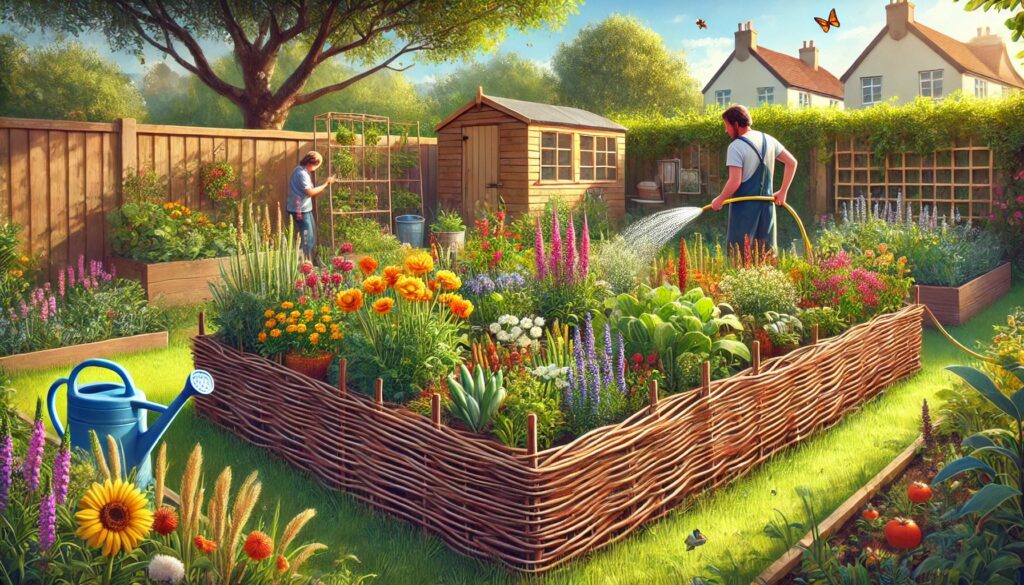
What Materials to Use
- Branches: Willow and hazel are traditional choices because they are flexible and easy to weave. However, any long, bendy branches will work.
- Stakes: Use Wooden or metal stakes to anchor the structure. Make sure they are sturdy enough to hold the woven branches in place.
- Soil and Compost: A good mix of garden soil and compost will ensure your plants have all the nutrients they need.
Conclusion
Creating a wattle-raised garden bed is a fantastic way to add functionality and beauty to your backyard. It’s an enjoyable project that brings a touch of old-world charm to your modern garden. So grab some branches, and let’s get weaving!
Happy gardening!
